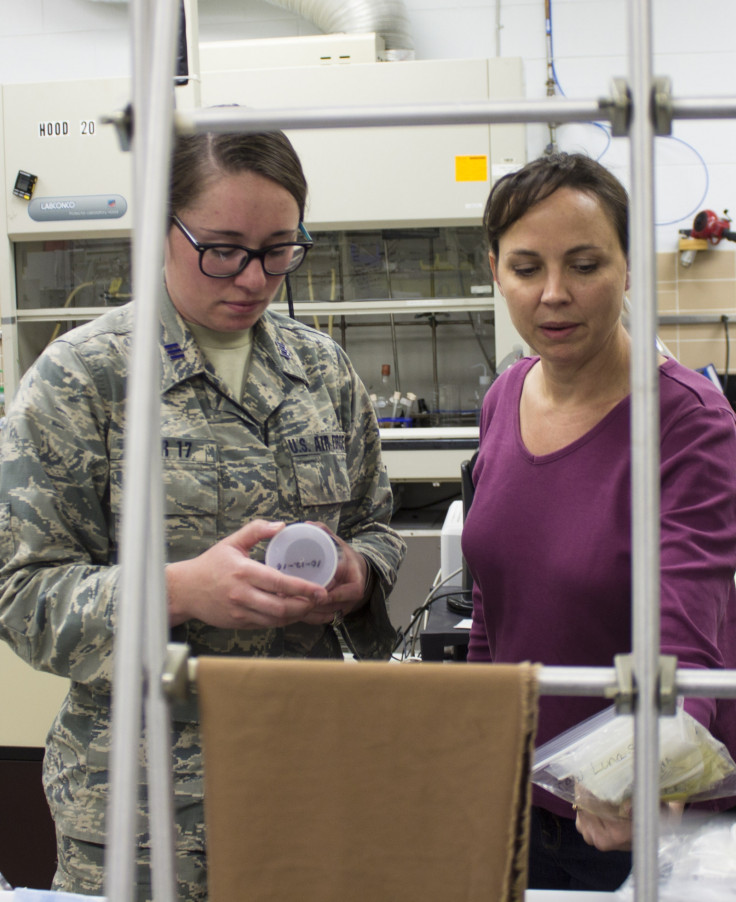Student invents bullet-stopping 'goo' to make liquid armour a reality
The life-saving material is mixed with Kevlar to stop the force of a Magnum bullet.

A US Air Force academy cadet has invented a revolutionary bullet-stopping 'goo' that could help save lives and change the face of the multi-billion dollar armoury industry.
The substance, described as a 'gravy' or 'goo', was inspired by a non-Newtonian children's craft substance called 'Oobleck' which acts in a fluid state until struck, at which point its molecules jam together and it hardens. Using a blend of secret ingredients the remarkable material has been proven to stop 9mm bullets and even .44 Magnum rounds – one of the most powerful, deeply-penetrating gun cartridges available – meaning soldiers could one day do away with heavy armour in favour of this lightweight super-soup.
The most fascinating aspect of the breakthrough, however, is the fact the inventor of the simple yet effective material wasn't a major ballistics corporation or a team of scientists in a futuristic R and D lab, it was a student.
Hayley Weir, a senior cadet at the Air Force Academy, came up with the idea as part of a class project in 2014 looking at ways to stop bullets by combining current materials like Kevlar and carbon fibre but Weir had the brainwave of using a thickening fluid in the mix.
It was discovered that this process of combining layers of Kevlar with a thickening fluid had never been attempted. "We knew Hayley had stumbled onto something unique here and innovative," said Ryan Burke, an ex-marine and academy professor.
The batches of the 'goo' are created in a simple kitchen food processor, which Weir likens to making a cake, and comes out as a viscous black material. It is then wafered between sheets of Kevlar to achieve the bullet-stopping effect.
The team tested out the substance at a firing range and discovered that the more powerful the bullet, the better the 'goo' was at protection. The smaller 9mm rounds were able to penetrate several layers of the fluid but large, higher velocity rounds caused molecules in the materials to 'lock-up' to greater effect and stop them quicker.
The potential for the 'goo' could mean a revolutionary new type of body armour for marines that is vastly lighter and able to cover the whole body without restricting movement. Weir told the Air Force Times that the material could also be used to create bullet-proof tents or a form of barricade to protect civilians from mass shootings, as well as an exterior armour for vehicles and aircraft.
"The possibilities are endless," Weir said.
© Copyright IBTimes 2025. All rights reserved.






















